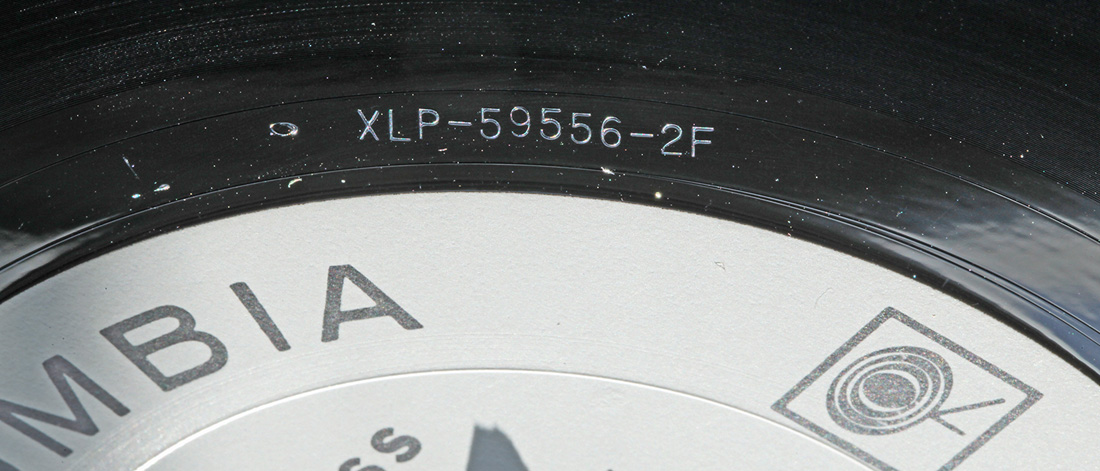In his article “Thelonious Monk: Compositional Techniques” Lawrence Koch states that “[p]erhaps the most ingenious aspect of Monk’s writing is the total unity and balance of the composition…the piece expands from a single figure; it constantly adds elements together and intermittently returns to the original figure.” Koch’s observation might be extended to include Monk’s improvisation process as well; it is rare for Monk to stray from the elements presented in the exposition of the melody. Scholars and performing musicians discussing the work of Thelonious Monk often remark on apparent motivic connections between the melody and the solos which follow. Pianist Fred Hersch observes that “[i]mprovising on a Monk theme is like an extension of the composition, because that’s the way Monk plays, and that’s the way he writes. So your improvisation grows out of the piece itself.” Ran Blake, in his Downbeat and New Grove Jazz articles characterizing Monk’s process has stated that “[h]is improvisations were molten Monk compositions, and his compositions were frozen Monk improvisations.” and that “…Monk invented and developed ideas rather than merely embroidering chord changes…[h]is most important contribution as a pianist was his remarkable ability to improvise a coherent musical argument with a logic and structure comparable to the best of his notated compositions”.
Monk’s composition Criss-Cross has often been used to exemplify the use of motivic development in his compositions and improvisations. The melody and harmony appear in lead-sheet form in Ran Blake’s New Grove Jazz and Downbeat articles. It has been published as part of collections of Monk’s work, which in some cases include one chorus of an ensuing solo. Nowhere in the available literature, however, is a full transcription of the composition with the subsequent solos and recapitulation of the melody presented; nor is a thorough analysis and discussion of the recorded performances in support of these observations to be found. Unfortunately, in fact, the published transcriptions are often erroneous in regard to rhythmical motives and form, and do not specify the recording on which they are based.
In this paper I offer thorough transcriptions of the four recorded performances by Monk of Criss Cross currently known and available, which occurred in the twenty year period from 1951 to 1971. Through lecture and performed examples I intend to use these transcriptions as evidence that Monk was a soloist who often related his improvisations to the motives initially presented as compositional material, and perhaps was attempting to create in performance a work unified from beginning to end by references to the thematic and formal structure of the composition. Though my presentation will focus on motivic development, I include two ancillary issues: Monk’s use of nuance as a procedure of variation, and a comparison of his performances over the twenty year span.
Abstract from: Cliff Korman, Thelonious Monk’s use of motivic construction in composition and improvisation (published in: “Annual Review of Jazz Studies”, Vol. 10)
